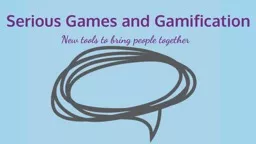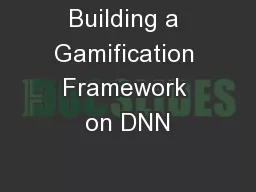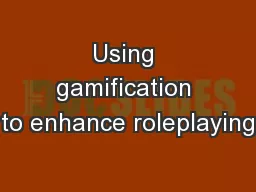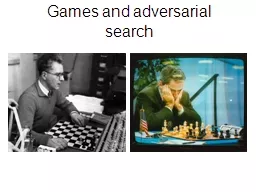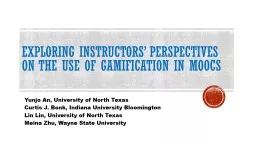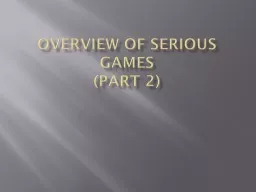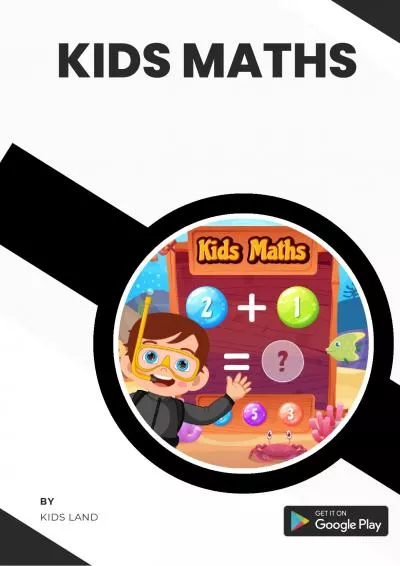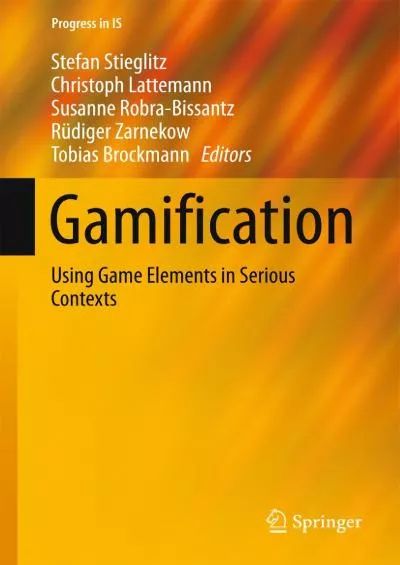PPT-Serious Games and Gamification
Author : pasty-toler | Published Date : 2018-01-06
New tools to bring people together Question 1 Which of the following does a game need A goal rules feedback and voluntary participation A goal rules voluntary
Presentation Embed Code
Download Presentation
Download Presentation The PPT/PDF document "Serious Games and Gamification" is the property of its rightful owner. Permission is granted to download and print the materials on this website for personal, non-commercial use only, and to display it on your personal computer provided you do not modify the materials and that you retain all copyright notices contained in the materials. By downloading content from our website, you accept the terms of this agreement.
Serious Games and Gamification: Transcript
Download Rules Of Document
"Serious Games and Gamification"The content belongs to its owner. You may download and print it for personal use, without modification, and keep all copyright notices. By downloading, you agree to these terms.
Related Documents

